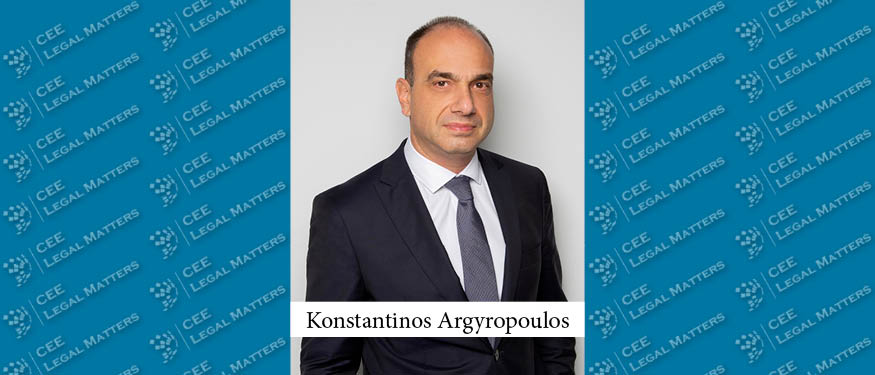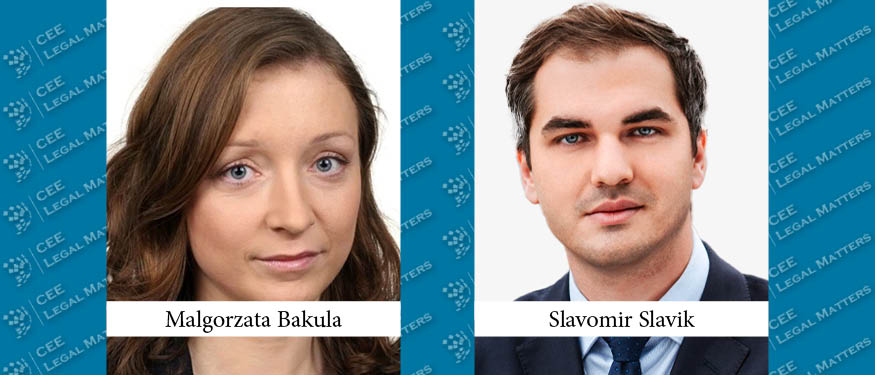I looked at M&A transactions in the last years using publicly available sources, our own transactions, and information provided by corporate finance advisory partners. I found that in 37% of the cases, purchasers came from Western Europe, in 37% from Hungary (private companies or the Hungarian state), and in 11% from investors in the CEE, while transactions where the purchasers were of US or Asian origin were negligible (US 3%, Asia 4%).
Western-Europe Investors – Selected Purchases and Significant Sales: A clear drop in investments in Hungary by Western European investors can be seen. Sectors that keep attracting Western European buyers are renewable energy, pharma, food, logistics, and construction, with renewable energy, mostly solar, representing a large chunk of the cases. At the same time, Western European investors many times are on the sale side of transactions. Notable recent transactions, where Western European investors were selling to Hungarian buyers or the Hungarian state include the Vodafone sale to 4IG and Corvinus (a 100% state-owned entity), the sale of the majority ownership by the Talanx Group to Corvinus, and the ongoing sale of the Budapest Airport, where the Hungarian state is most probably teaming up with a foreign airport operator.
Hungarian Buyers – Supported by Legislation: Mr. Orban’s government had from the outset a clear vision to increase Hungarian ownership in several strategic sectors, such as media, energy, banking, and telecommunication. Later, further sectors were added to this wish list – retail shops and insurance companies.
To achieve such ambitions, one key tool has been the sectoral special tax, i.e., taxes payable by companies engaged in certain industries only. The last wave of such sectoral taxes came after the COVID-19 pandemic and in the midst of the economic crisis caused by the war in Ukraine. The primary aim has been to aid the state budget – desperately in need of new sources of income. The secondary goal (and effect) has been the provisional deterioration of market circumstances for certain industries, resulting in Western European owners selling their assets to the Hungarian state or new Hungarian owners backed by the government. It is difficult not to notice such a correlation in banking, insurance, energy, telecommunications, and retail.
The other legislative change was the significant toughening of the FDI regime over the years. Originally, the Hungarian FDI regime concentrated on “classic” strategic sectors, such as weapons and ammunition, financial services, energy supply, and electronic communication. During the pandemic, and later after the breakout of the Ukrainian war, more stringent measures have been introduced. We now have a regime where practically every transaction in which foreign investors (even EU-based) purchase ownership interest in a Hungarian company falls under the rules. In the case of a non-EU investor, a 5% ownership triggers the FDI process, whereas in the case of an EU-based purchaser, the acquisition of majority investment. In practice, in most cases, the FDI process is just an addition to the transaction process, so closing has to be postponed by 2-3 months. In some cases, however, the danger of state intervention materialized. The most notable instance was when the Hungarian state blocked the Aegon-Vienna Insurance Group transaction and finally ended up becoming the 45% shareholder of the target company. Clearly, an overly stringent FDI regime decreases the appetite of Western European companies for Hungarian targets.
New legislation that is likely to impact the renewable transaction scene came into force on January 1, 2024. According to it, the Hungarian state will have a right of first refusal for all solar power assets located in Hungary, which it can exercise within 60 days. It is not yet clear to what extent such a right will be effectively exercised, but any prospective foreign investor has to evaluate whether it will be worth spending significant costs on due diligence and transaction execution when they may have to walk away empty-handed.
CEE Investors: CEE investors are up and coming in Hungary. For example, we have seen a transaction where out of the 12 bidders, only a few were from Hungary – the majority were from neighboring countries. It is a logical step for CEE investors to move in – both to complement their businesses in their home country and fill the gap left by more reluctant Western European investors.
US and Asian Investors: Given Hungary’s distance from the US and proximity to Ukraine, it comes as no surprise that US investors’ interest in Hungarian targets is extremely scarce. It is interesting to see that while Asian investors are active in establishing production capacities in Hungary and the Hungarian government is very welcoming in this respect, M&A transactions by Asian investors remained few and far between.
By Zoltan Forgo, Managing Partner, Forgo Damjanovic & Partners
This article was originally published in Issue 11.3 of the CEE Legal Matters Magazine. If you would like to receive a hard copy of the magazine, you can subscribe here.















